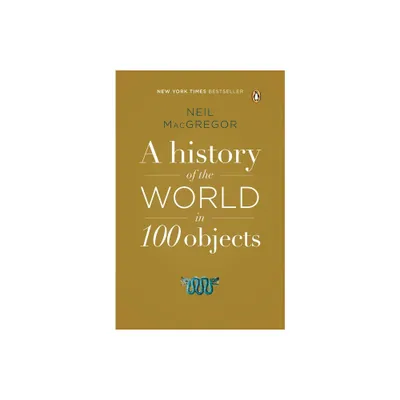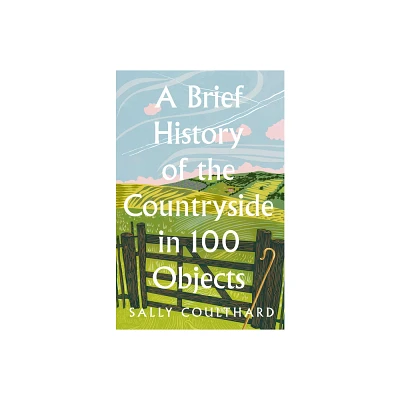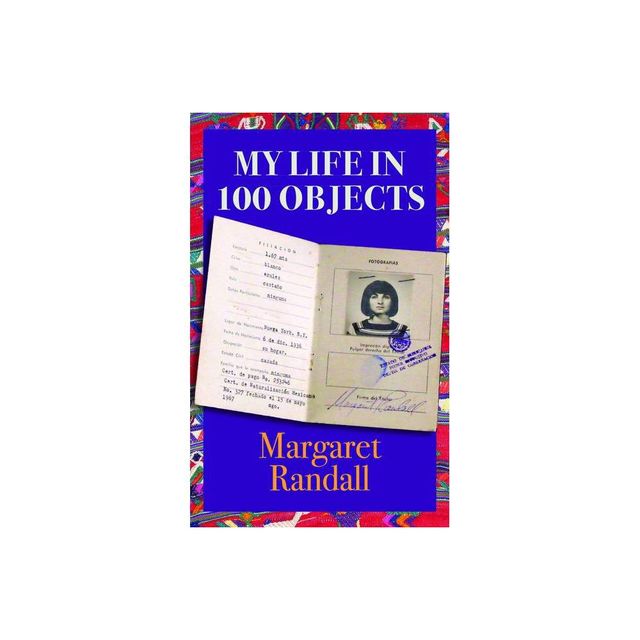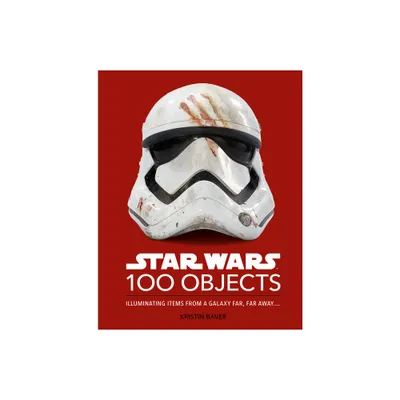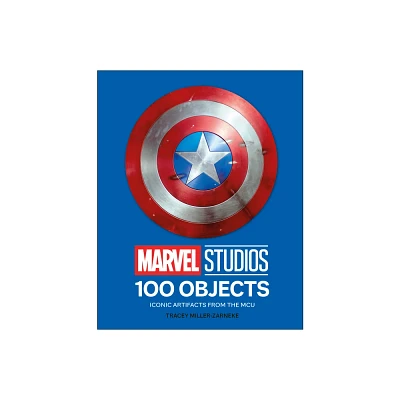Home
A History of Aviation at Brooklands 100 Objects
Loading Inventory...
Barnes and Noble
A History of Aviation at Brooklands 100 Objects
Current price: $59.95


Barnes and Noble
A History of Aviation at Brooklands 100 Objects
Current price: $59.95
Loading Inventory...
Size: Hardcover
*Product Information may vary - to confirm product availability, pricing, and additional information please contact Barnes and Noble
At the dawn of the twentieth century mankind had not yet achieved powered flight. The main motive power then was provided by steam engines – heavy, dirty and inefficient. If one wanted to travel ‘over seas’ one had to travel on them. A journey from London to New York, by steam-driven train and ship, took more than 6 days.
By the time the same century drew to a close in December 1999, air travel was the normal choice for long journeys. Millions of people every day flew comfortably and safely in pressurised aluminium airliners propelled by simple, clean and efficient gas turbine engines. The same journey from London to New York could be achieved at supersonic speed in less than 6 hours.
For much of that century, many of the extraordinary developments that moved aviation from fragile wood and fabric biplanes to supersonic transports were achieved on 330 acres of low-lying former estate farmland in Surrey, England. The estate was called Brooklands. Those marshy acres were transformed from 1907 into the world’s first custom-built motor-racing circuit, then a rapidly developing aerodrome, and finally one of the country’s largest aircraft factories, employing tens of thousands of people.
Nearly 19,000 aircraft of many different types were built at Brooklands during nine decades of peace and war. By the 1980s however it was being eclipsed by larger manufacturing sites elsewhere, with longer runways and better communications links; its owner, by then called British Aerospace, finally closed the factory in 1989.
This book tells the history of those amazing developments through 100 of the key aircraft, engines, places and other objects that can still be seen, either in or near Brooklands Museum or in other locations around the country. It also highlights the stories of six designers whose inspiring creativity produced aircraft, engines and weapons ranging from Camel to Concorde, Fury to Harrier, Wellington to Viscount, Merlin to Olympus. Between them, Thomas Sopwith, Barnes Wallis, Rex Pierson, Sydney Camm, Stanley Hooker and George Edwards were responsible for much of what was designed, built and flown, not only at Brooklands but elsewhere too.
The book is arranged in successive historical episodes but the many links between the objects and the designers should allow readers to follow different paths if they so wish. It is not intended as a technical reference but rather to inspire the reader to seek out the objects and discover more about them.
By the time the same century drew to a close in December 1999, air travel was the normal choice for long journeys. Millions of people every day flew comfortably and safely in pressurised aluminium airliners propelled by simple, clean and efficient gas turbine engines. The same journey from London to New York could be achieved at supersonic speed in less than 6 hours.
For much of that century, many of the extraordinary developments that moved aviation from fragile wood and fabric biplanes to supersonic transports were achieved on 330 acres of low-lying former estate farmland in Surrey, England. The estate was called Brooklands. Those marshy acres were transformed from 1907 into the world’s first custom-built motor-racing circuit, then a rapidly developing aerodrome, and finally one of the country’s largest aircraft factories, employing tens of thousands of people.
Nearly 19,000 aircraft of many different types were built at Brooklands during nine decades of peace and war. By the 1980s however it was being eclipsed by larger manufacturing sites elsewhere, with longer runways and better communications links; its owner, by then called British Aerospace, finally closed the factory in 1989.
This book tells the history of those amazing developments through 100 of the key aircraft, engines, places and other objects that can still be seen, either in or near Brooklands Museum or in other locations around the country. It also highlights the stories of six designers whose inspiring creativity produced aircraft, engines and weapons ranging from Camel to Concorde, Fury to Harrier, Wellington to Viscount, Merlin to Olympus. Between them, Thomas Sopwith, Barnes Wallis, Rex Pierson, Sydney Camm, Stanley Hooker and George Edwards were responsible for much of what was designed, built and flown, not only at Brooklands but elsewhere too.
The book is arranged in successive historical episodes but the many links between the objects and the designers should allow readers to follow different paths if they so wish. It is not intended as a technical reference but rather to inspire the reader to seek out the objects and discover more about them.

